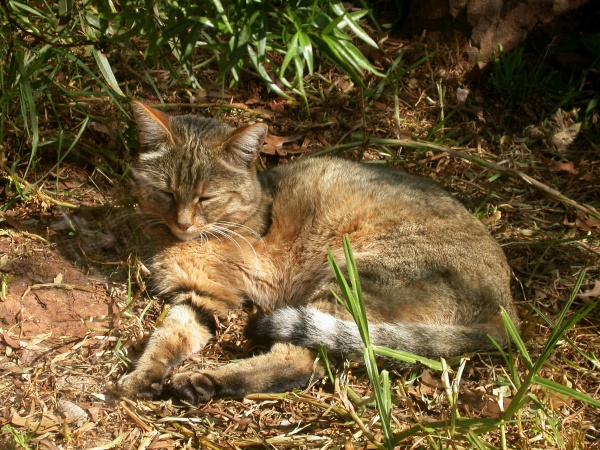Facts About African wildcat
The African wildcat is a captivating species found across Africa, West and Central Asia, and parts of India and China. The IUCN Red List classifies it as "Least Concern" a designation that also includes the African wildcat as a subspecies of Felis silvestris. Genetic research shows that the African wildcat diverged into three distinct groups approximately 173,000 years ago: the Near Eastern wildcat, the Southern African wildcat, and the Asiatic wildcat. Remarkably, these wildcats were first domesticated around 10,000 years ago in the Near East, becoming the ancestors of our modern domestic cats.
Since 2017, scientists have identified three subspecies of the African wildcat: F. l. lybica, found in North Africa and Sinai to Sudan; the Southern African wildcat (F. l. cafra) in Southern Africa; and the Asiatic wildcat (F. l. ornata) in parts of Asia. DNA analysis indicates that the African wildcat diverged from a common ancestor with other Felis species between 2.16 to 0.89 million years ago.
Physically, the African wildcat features sandy grey fur, distinctive ear tufts, and striped markings on its body. It is generally smaller and has shorter fur compared to its European counterpart. These wildcats are nocturnal hunters, preying on mice, rats, birds, reptiles, and insects. They seldom drink water and are known for their patient stalking techniques. When threatened, they can appear quite intimidating by puffing up their fur.
The African wildcat occupies a variety of environments, from hilly and mountainous regions to deserts and grasslands. Conservation efforts are underway to protect this species, including programs aimed at reducing genetic mixing with domestic cats and using domestic cats as surrogate mothers for wildcat embryos. The African wildcat is also listed in CITES Appendix II, which helps regulate its trade and ensure its protection.

 Tunisia
Tunisia